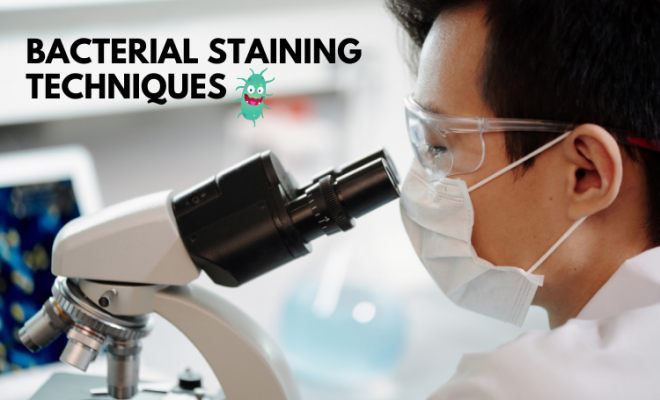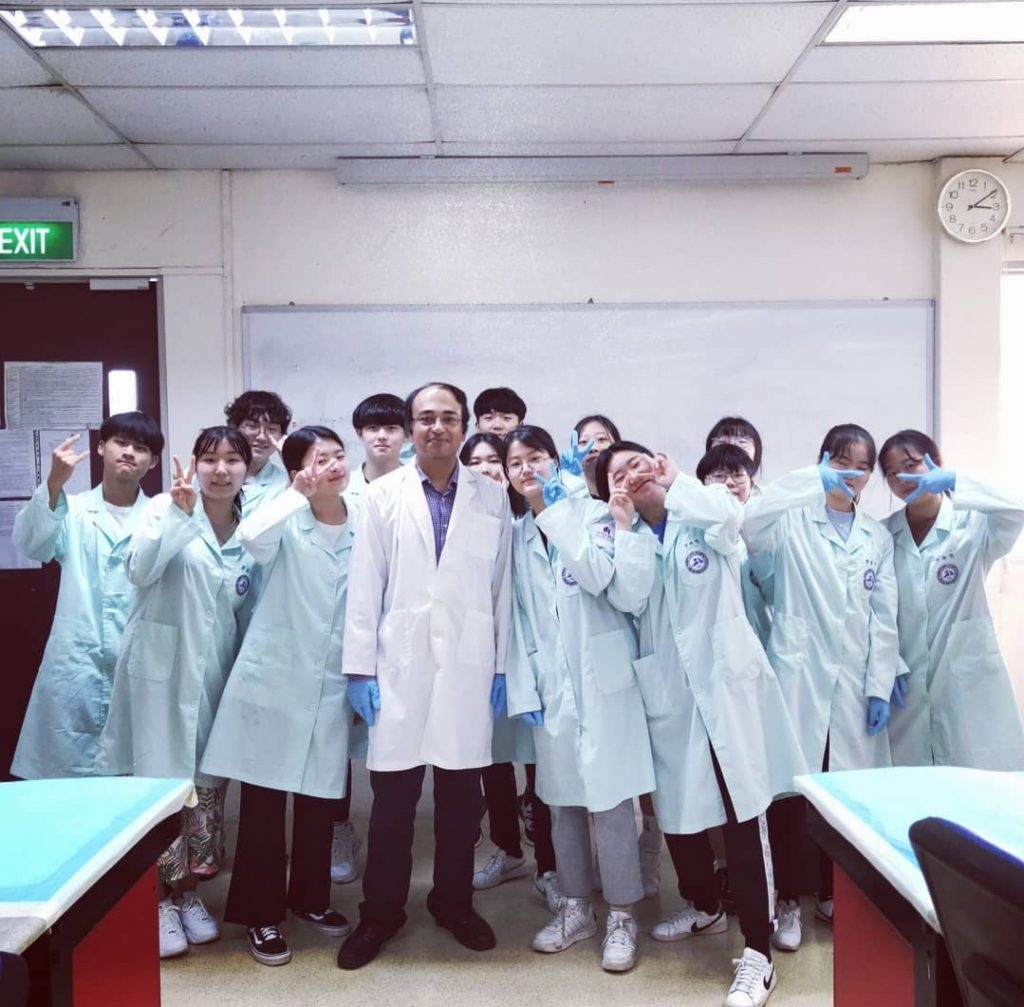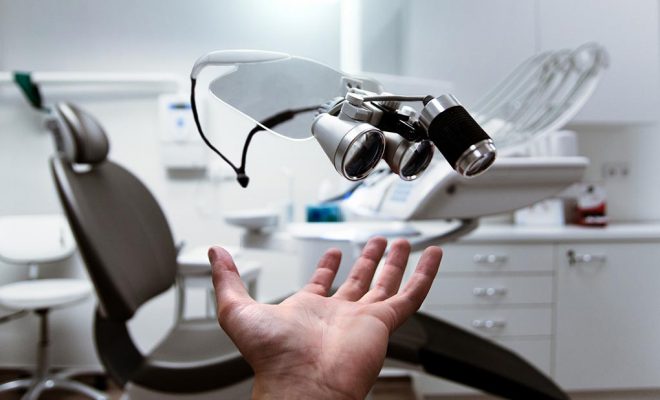Bacterial Staining Techniques

I was involved in training a group of students from the Korea Bio Meister High School on bacterial staining techniques and share my views on the various processes in identifying bacterial cells using the following techniques.

Bacterial cells are difficult to be viewed under the microscope unless they are stained. This is due to their lack of colour and contrast. Scientists have been using several types of stains to make these cells visible. The staining procedure will help researchers to identify the bacteria, as well as help healthcare providers to diagnose infections caused by bacteria.
One basic type of staining procedure that can be used is the Simple Stain, where we use just one type of stain, and the bacteria takes up the colour of the stain, when observed under the microscope. We get to study the morphology, dimensions, cell size and arrangement in this type of staining.
Negative staining method can also be used in which the background of the bacteria takes up the stain, and the specimen is untouched, thereby creating a contrast and making the bacterial cell visible. This method is very convenient and is useful to view the overall morphology of the bacterial cell. This method is based on the principle of the repulsion between the negatively charged stain used and the negatively charged bacterial cell wall.
However, to get more information about the bacteria we need to perform a Differential Stain. In this procedure we use more than one stain, and different bacterial cells will take up these stains as per their structural properties. It should be noted that the primary stain and secondary stain will have different colours which will allow the students to distinguish the different types of bacterial cells when they are viewed under the microscope. Some examples of this Differential staining methods are the Gram Staining, Capsule staining and Endospore staining. The Gram staining is one of the most commonly used type of Differential stain. This method was developed by Dr Hans Christian Gram in 1884. This type of staining helps us differentiate between a Gram Positive and Gram-Negative bacteria, as they both take up different coloured stains, which is due to their cell wall properties.
The Capsule staining also comes under Differential stain. Many bacteria have capsules surrounding their cell, which makes them virulent, as these capsules help the bacteria evade the host immune system by resisting phagocytosis. Since these capsules are non-ionic, it’s very difficult to stain them using acidic or basic stains. Hence to observe them we stain the bacterial cell with a basic stain, and we stain the background and surroundings using an acidic stain. The capsule will not take up any of these stains and will appear as a clear halo surrounding the bacterial cell, whereas the bacterial cell and the background will take up the respective stains.
Another type of Differential stain is the Endospore staining. Endospores are a dormant form of bacteria formed by some species of bacteria during unfavourable conditions. In the case of the Endospore staining, we get to differentiate between the vegetative cells and endospores, as the spores and the vegetative cells take up differed coloured stains. All these staining techniques will help us in bacterial identification and characterisation.
We have to make sure that throughout the experiment the microscope lenses are kept clean. Though the staining procedures are quite simple, it requires a lot of practise by the students so that they are able to master these techniques and to get an optimally stained bacterial slide which will help them in their bacterial identification studies.
References:
Benson, H. J. (2005). Benson’s Microbiological Applications: Laboratory manual in general microbiology. Boston: McGraw-Hill Higher Education.
Cappuccino, J. G., & Sherman, N. (2014). Microbiology: a laboratory manual. Boston: Pearson Education.
Goldman, E., & Green, L. H. (2009). Practical Handbook of Microbiology. Boca Raton: CRC Press.










